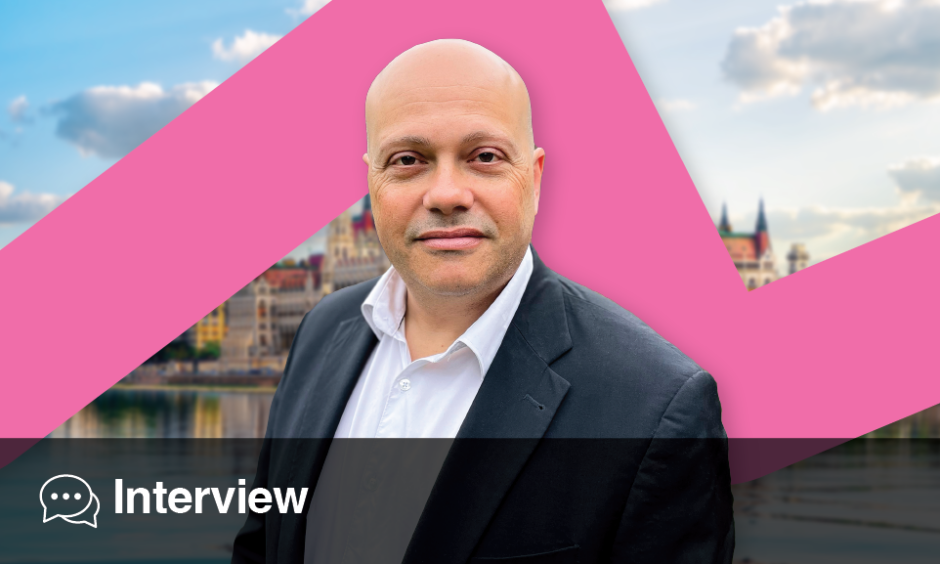A PART of the brain traditionally associated with movement may be abnormal amongst children with developmental language impairment, according to a recent analysis of multiple studies. This research, carried out by Michael Ullman, Georgetown University, Washington D.C., USA, and team, has the potential to improve both diagnosis and treatment of language difficulties.
Developmental language impairment is roughly as prevalent as attention deficit hyperactivity disorder (ADHD) and dyslexia, and is more common than autism. In order to better understand the cause of this prevalent disease, Ullman and team analysed the results of 22 articles, which examined brain structures in people with language impairment. They then employed a novel computational method in order to identify common patterns across these studies.
The researchers found that the anterior neostriatum within the basal ganglia was abnormal in 100% of the studies that analysed the structure of the brain in children with developmental language impairment. There were few other abnormalities in all other parts of the brain. These results mean that abnormalities of the basal ganglia have the potential to become a biomarker for an increased likelihood of developmental language problems, which could lead to further diagnostic procedures, and early therapy.
Though further research into the exact relationship between the anterior neostriatum and language difficulties is required, Ullman emphasised the importance of these initial findings: “We hope that by identifying the neural bases of developmental language difficulties, we may help increase awareness of a major, but also rather unrecognised, disorder,” he commented, adding that this may highlight the utility of drugs that are known to improve movement impairments due to basal ganglia dysfunction, such as those that act on dopamine receptors. “Continuing research efforts to further understand the neurobiology of developmental language disorder, especially the role of the basal ganglia, could help the many children who are affected by these problems,” Ullman concluded.








